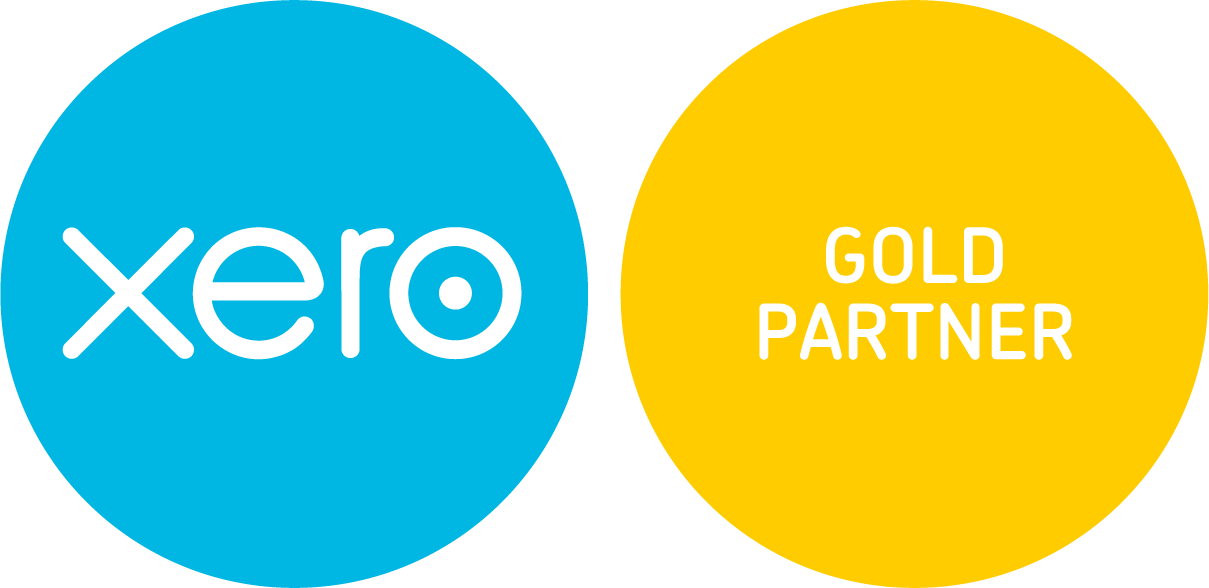October 2022 Budget
Treasurer Jim Chalmers has handed down his first (and Labors first in 9 years) budget claiming it to be “family friendly” and “responsible”. As always the budget will now be debated in Parliament, we’ll keep you updated with any significant changes.
Key Points
Individual tax rates are set to change from 1st July 2024.
There will be one 30% tax bracket for the income range $45,001 – $200,000. The new tax brackets will be as follows
Tax Free $0 – $18,200
19% $18201 – $45000
30% $45001 – $20000
45% over $200000
Paid Parental Leave (PPL) will be expanded 1st July 2023 enabling either parent to claim the payment.
From 1 July 2024, the PPL will be increased by 2 weeks per annum until it reaches a full 26 weeks from 1 July 2026 increasing the PPL period by 6 weeks.
Both parents will be able to use the entitlement and on a more flexible basis including blocks as small as a day at a
The income threshold for the household for the PPL will be increased to $350,000 allowing more households to qualify.
The Government has announced an increase in availability of the Child Care (CC) measures. The changes increase the maximum CC subsidiary for the first child and increase the rate for all families earning less than $530,000 in household income.
An increase in funding for the ATO has been flagged, this not only focuses on multinationals and large businesses but also on individuals.
The key focus areas will be for individuals in relation to overclaiming of deductions and incorrect reporting of income. Taxpayers would be naïve to think that the ATO’s data systems and matching programs will not pick up variances with this being deployed through increased ATO reviews and enquiries given the tax gap.
In addition, the ATO will undertake a program focused on the shadow economy.
Flood Relief
With major flooding creating challenging conditions in many parts of Australia the ATO is offering the following support to assist anyone that’s been affected.
Depending on the situation, we may be able to:
- give extra time to pay tax or lodge tax forms such as activity statements or other forms
- re-issue documents including income tax returns, activity statements and notices of assessment (for example if needed to access government payments or concessions)
- help you reconstruct tax records that are lost or damaged so you can claim entitlements including income tax deductions or access government payments
- prioritise any refunds
- set up a payment plan tailored to your individual situation
- remit penalties or interest charged during the time you have been affected.
When appropriate, you may also consider varying your pay as you go (PAYG) instalments.
If you are flood affected give us a call to discuss how we can assist in this challenging times.
Single Touch Payroll
In the 2019–20 Budget, the government announced that Single Touch Payroll (STP) would be expanded to include additional information.
The expansion of STP, also known as STP Phase 2, will reduce reporting burden for employers who need to report information about their employees to multiple government agencies. It will also help Services Australia’s customers, who may be your employees, get the right payment at the right time.
The key changes are:
Employment and taxation conditions
Child support garnishees and child support deductions
Reporting previous Business Management Software IDs and Payroll IDs
Call us today to discuss how we can help ensure your payroll reporting is compliant.
Don’t get get caught out.
Super Guarantee
To avoid additional costs (including the superannuation guarantee charge (SGC)), you must pay the right amount of super for all your eligible employees by the quarterly due date
Whether you’re paying super weekly, monthly, or quarterly it’s important to check that the super guarantee (SG) you pay takes into account changes that started on 1 July 2022. These were:
- the increase in the SG rate from 10% to 10.5%
- the removal of the $450 per month eligibility threshold when paying SG.
You must have applied these changes to all the salary and wages you paid from 1 July 2022, even if some of the pay period they related to was before 1 July 2022

